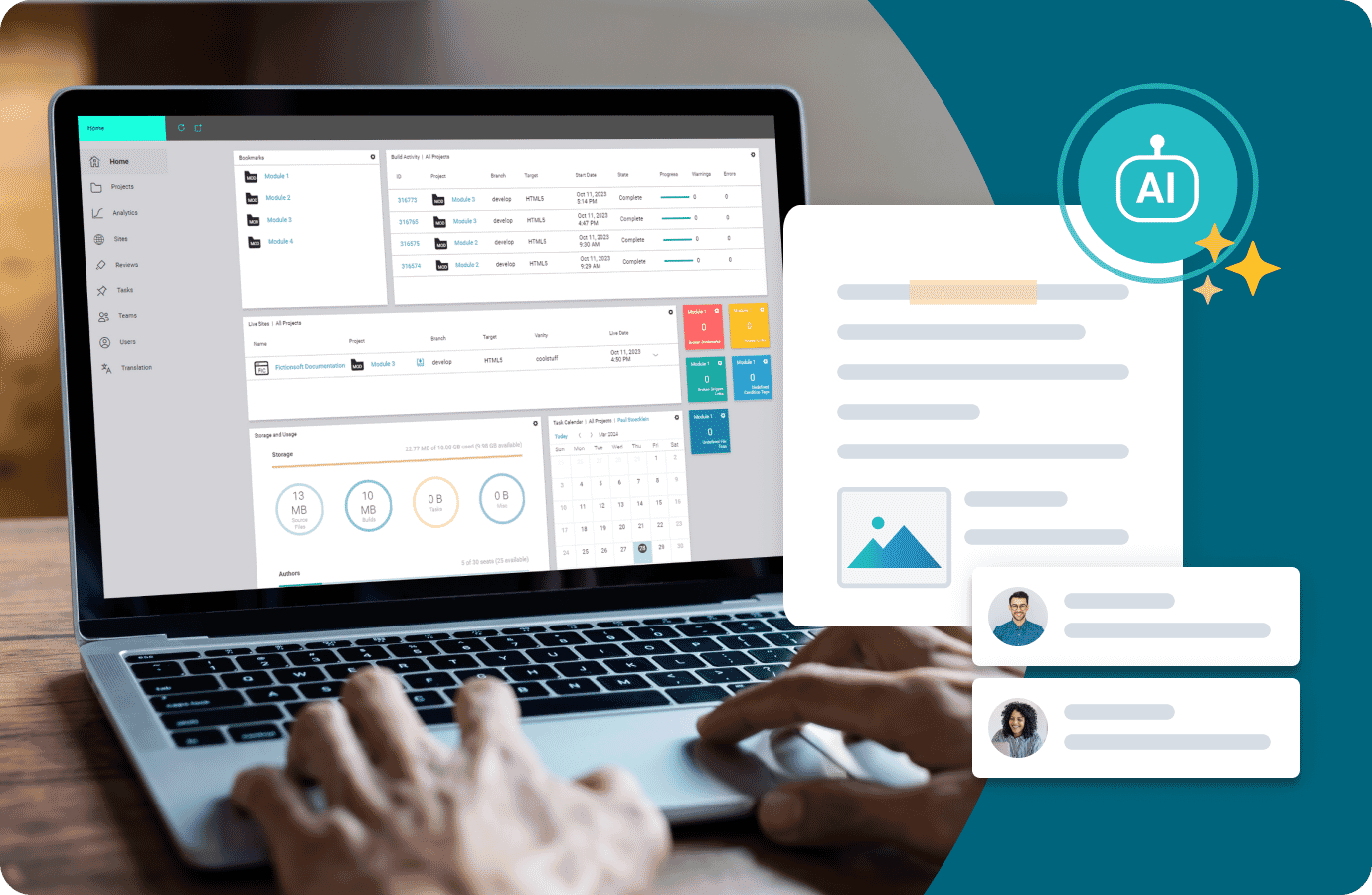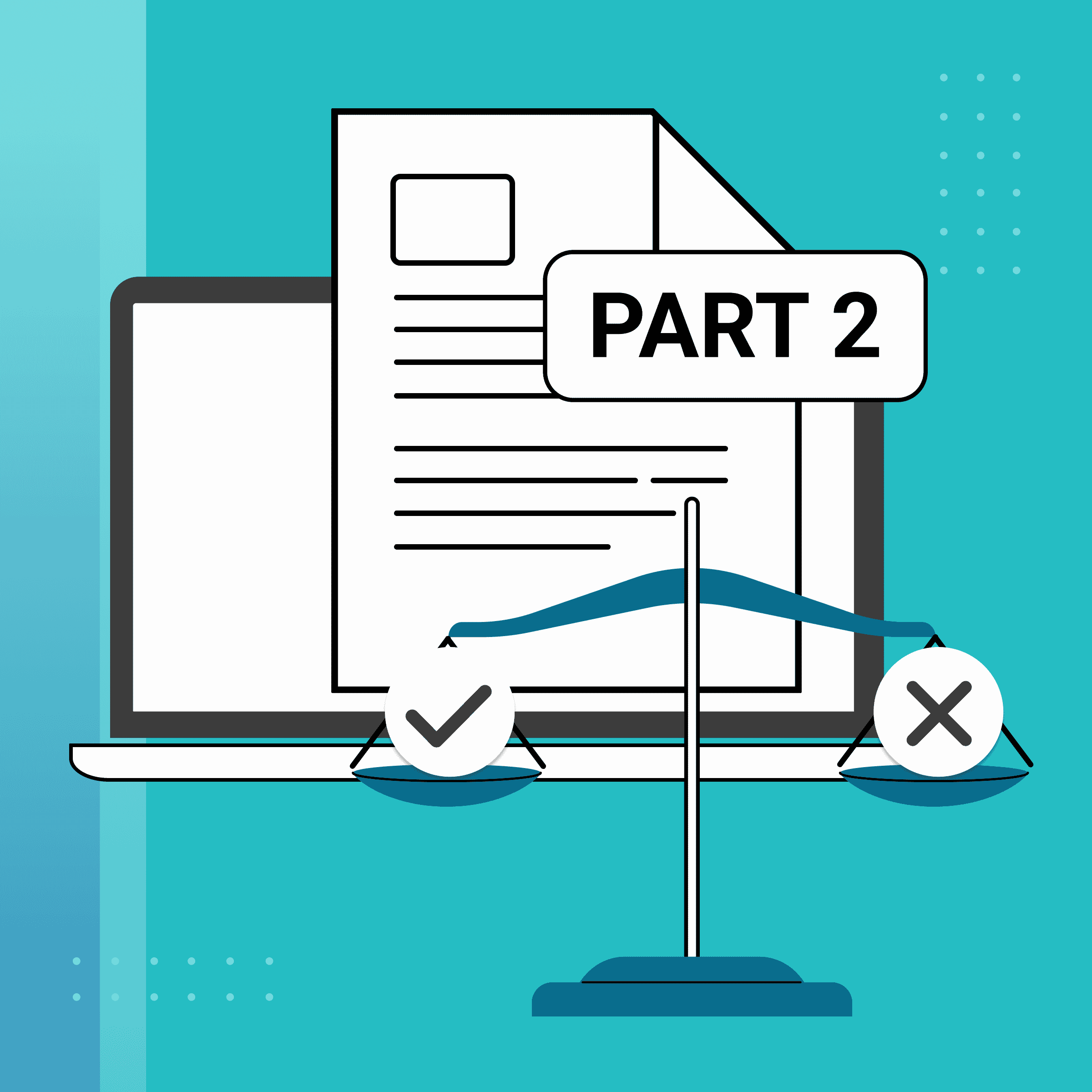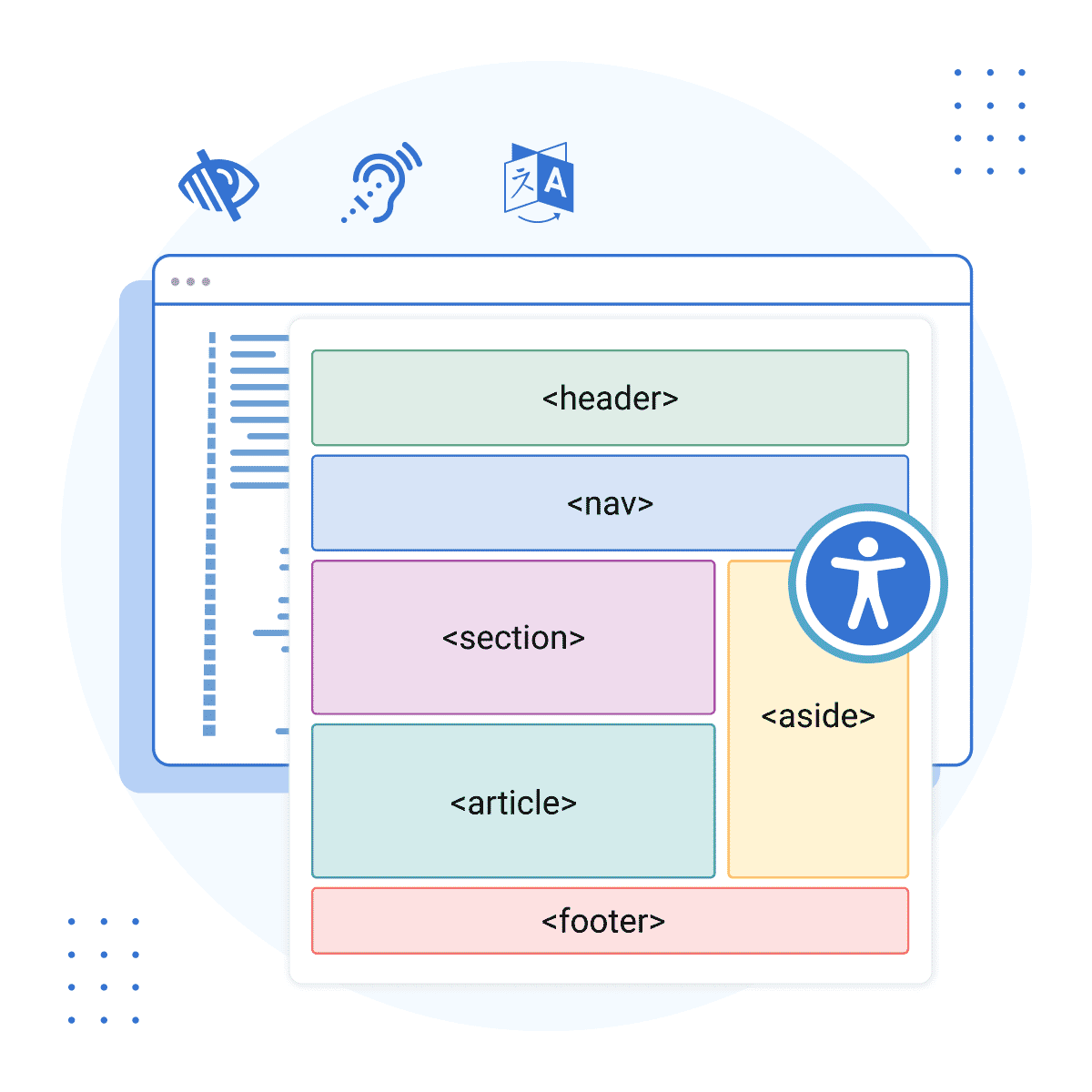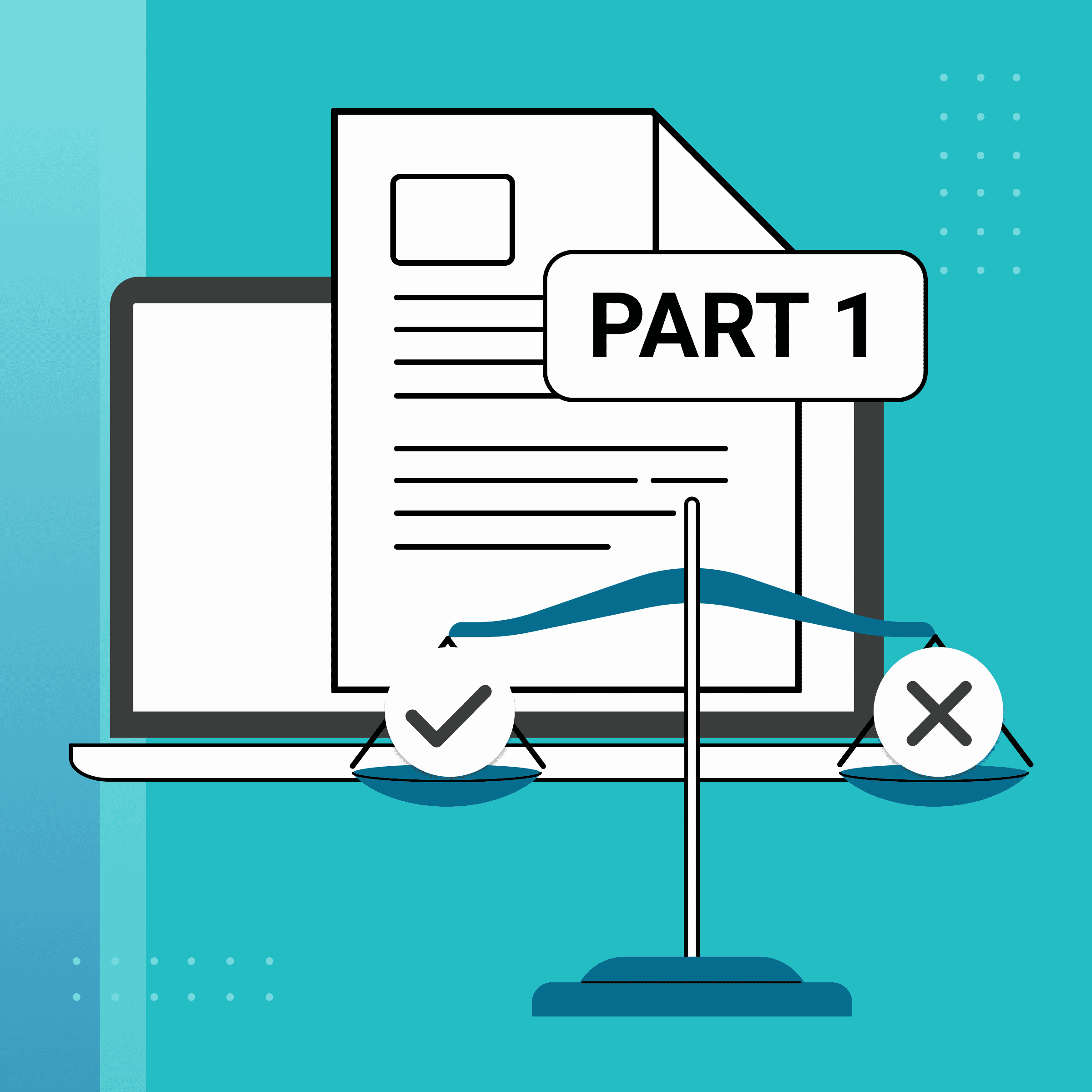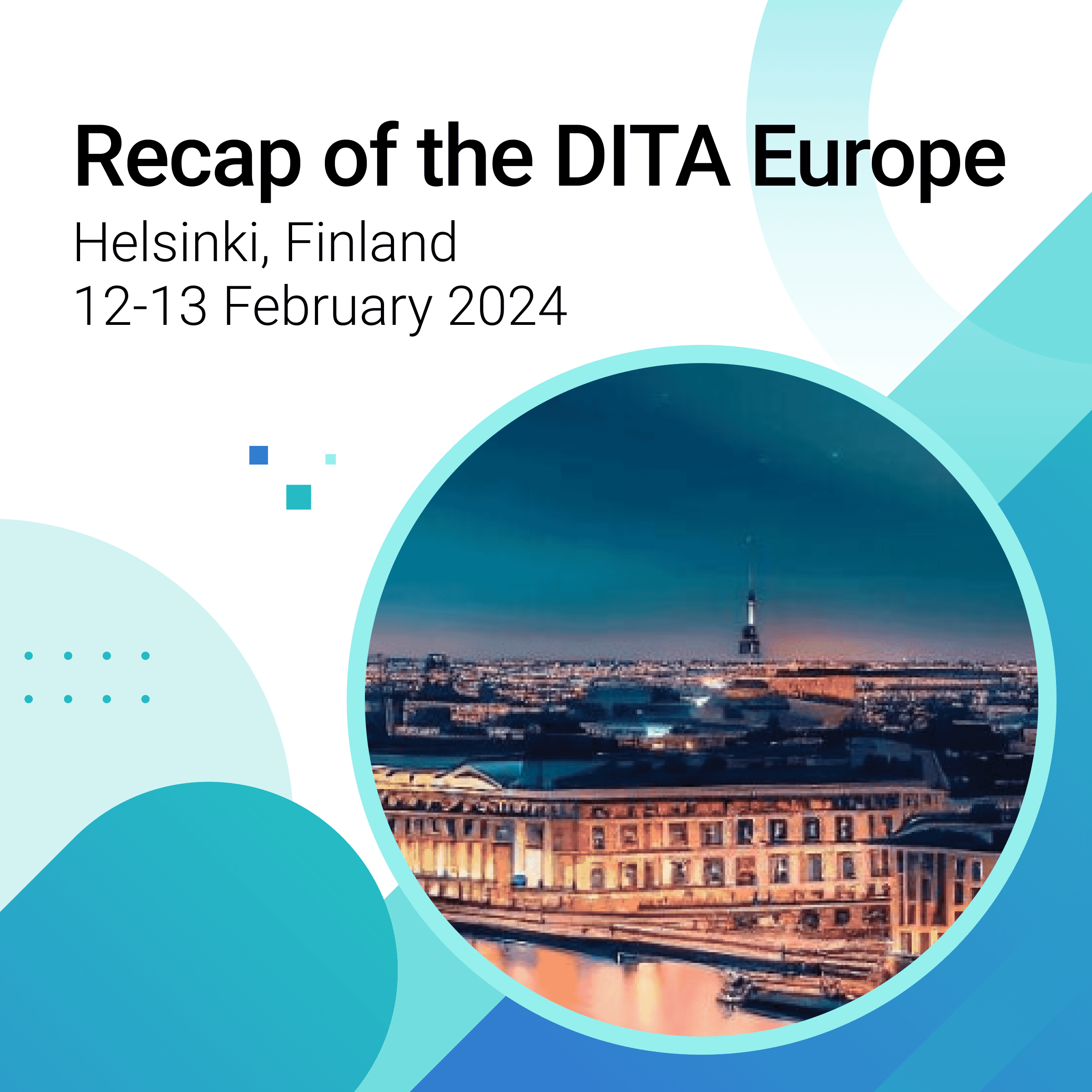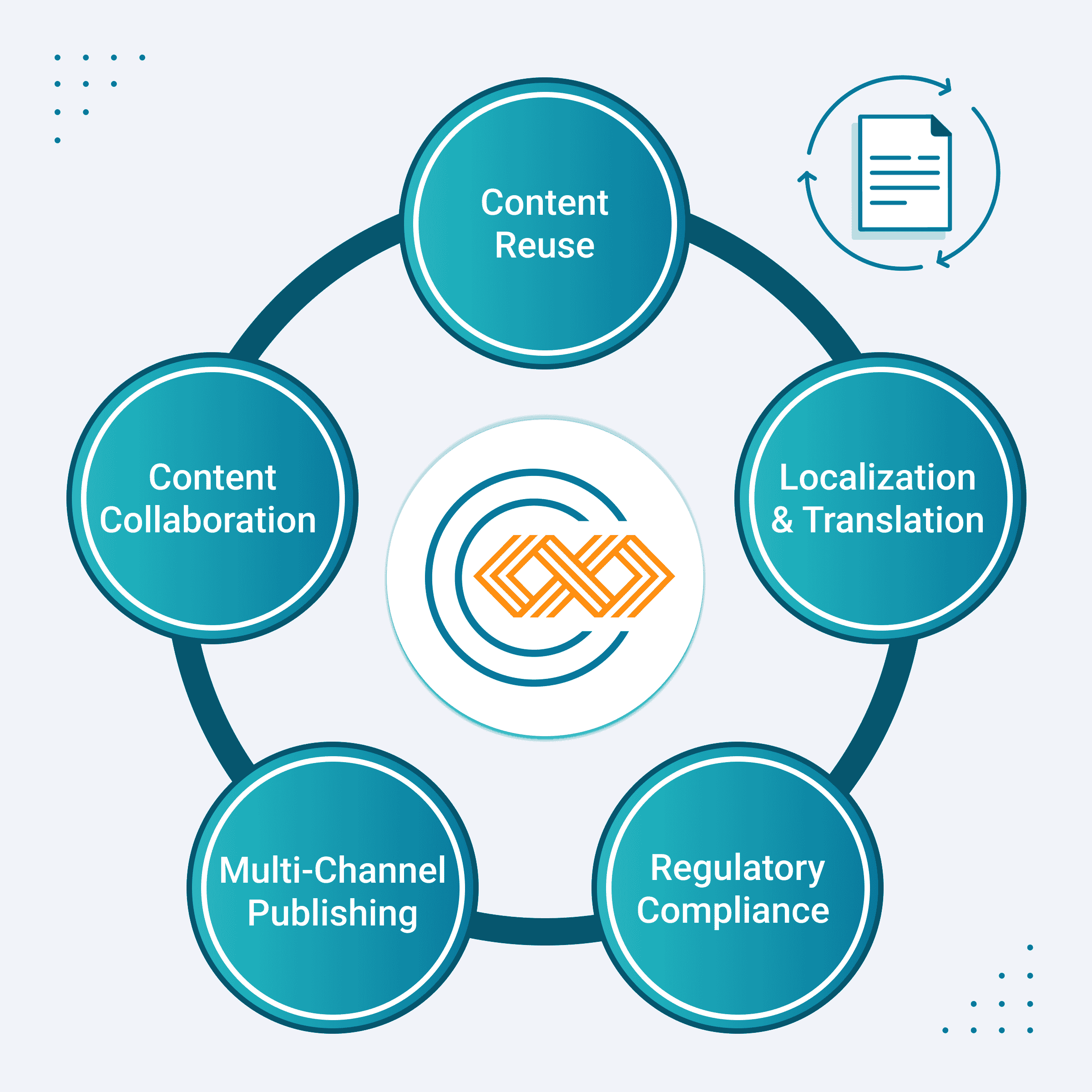Welcome to the MadBlog
News, tips and insights from the leader in technical communication and content development.
Unlocking Mac Compatibility: Running MadCap Flare on Your Mac with Virtualization
Posted by Mitchell Hoffmeyer
April 10, 2024
Dos and Don’ts When Localizing and Translating Your Documentation – Part 2
Posted by Dipo Ajose-Coker
April 3, 2024
Unlocking Accessibility: The Power of Semantic Styles in Content Creation
Posted by Michelle Welch
March 27, 2024
Dos and Don'ts When Localizing and Translating Your Documentation
Posted by Dipo Ajose-Coker
March 21, 2024
DITA Europe 2024 – A Milestone Year for the DITA Community
Posted by Nolwenn Kerzreho, Dipo Ajose-Coker
February 27, 2024
5 Use Cases for Enterprise DITA Adoption and CCMS Integration
Posted by Val Swisher
February 21, 2024
Have a suggestion for a blog article? Submit it here
